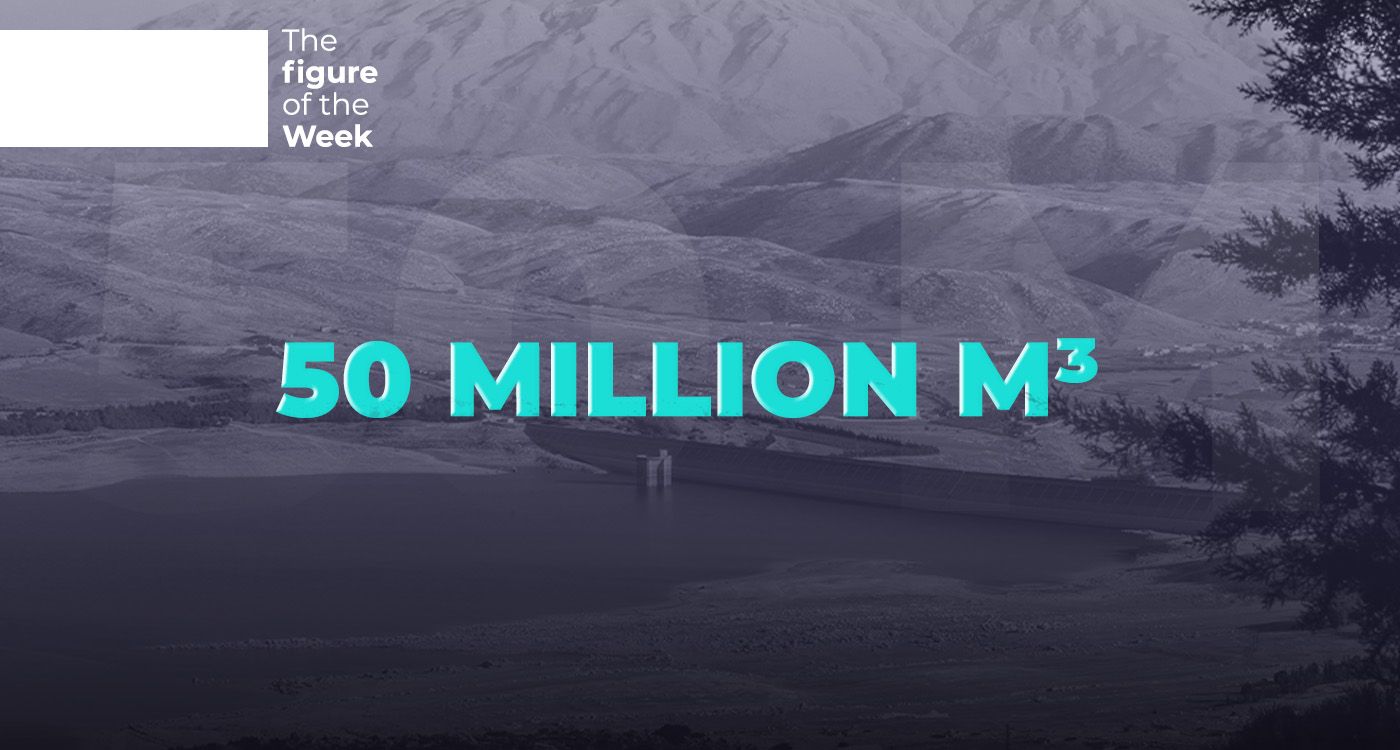- Home
- Figure of the Week
- Qaraoun Lake: Lebanon’s Silent Ecological Disaster

©This Is Beirut
Every year, an estimated 50 million cubic meters of domestic wastewater are discharged into Lake Qaraoun. Added to this are 2 million cubic meters of industrial wastewater, as well as waste from Syrian migrant camps established by the state along the riverbanks. This toxic mix is putting one of Lebanon’s largest freshwater reservoirs at serious risk.
Wastewater treatment plants are struggling to operate effectively, mainly because sewage is mixed with rainwater. Despite this alarming situation, slight progress has been reported following the World Bank’s involvement and the establishment of the National Water Regulation Authority, which aims to enforce more transparent and responsible sector management.
Lebanon receives around 3 billion cubic meters of water each year during rainy seasons and 1.5 billion cubic meters in dry years. Yet only about 20 percent of that water is actually used. The rest is lost, often due to pollution. Without deep structural reform, future generations will pay the price.
The solution lies in decentralized water management, a complete restructuring of the sector, and the active involvement of civil society. Local communities must be engaged alongside the private sector to protect this vital resource.
Source: National Litani River Authority



Comments